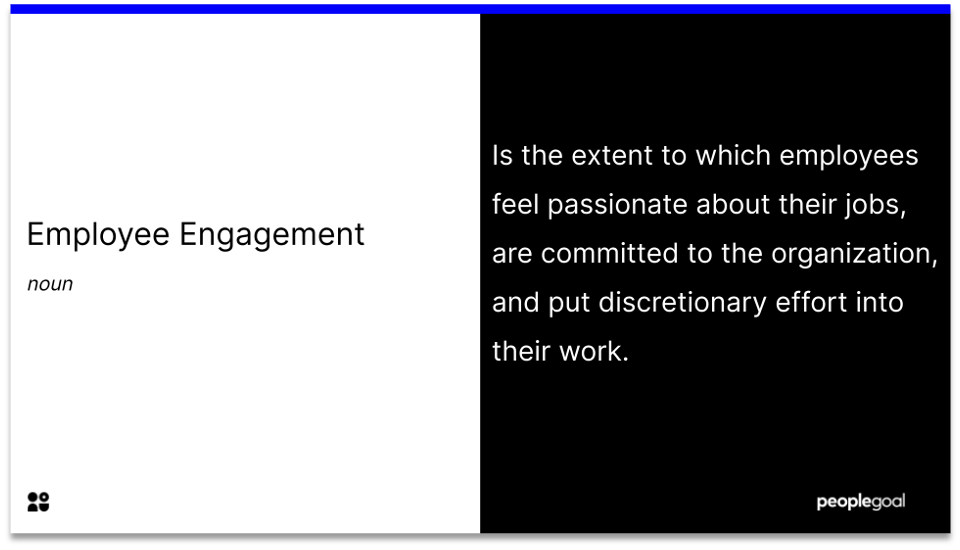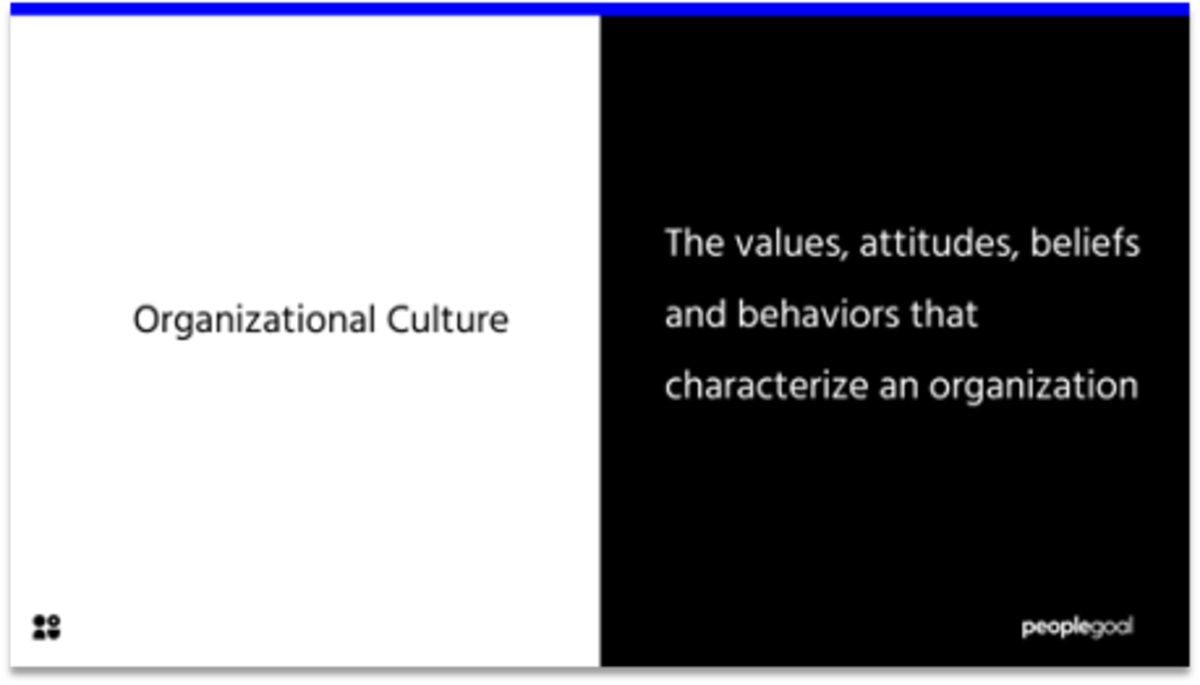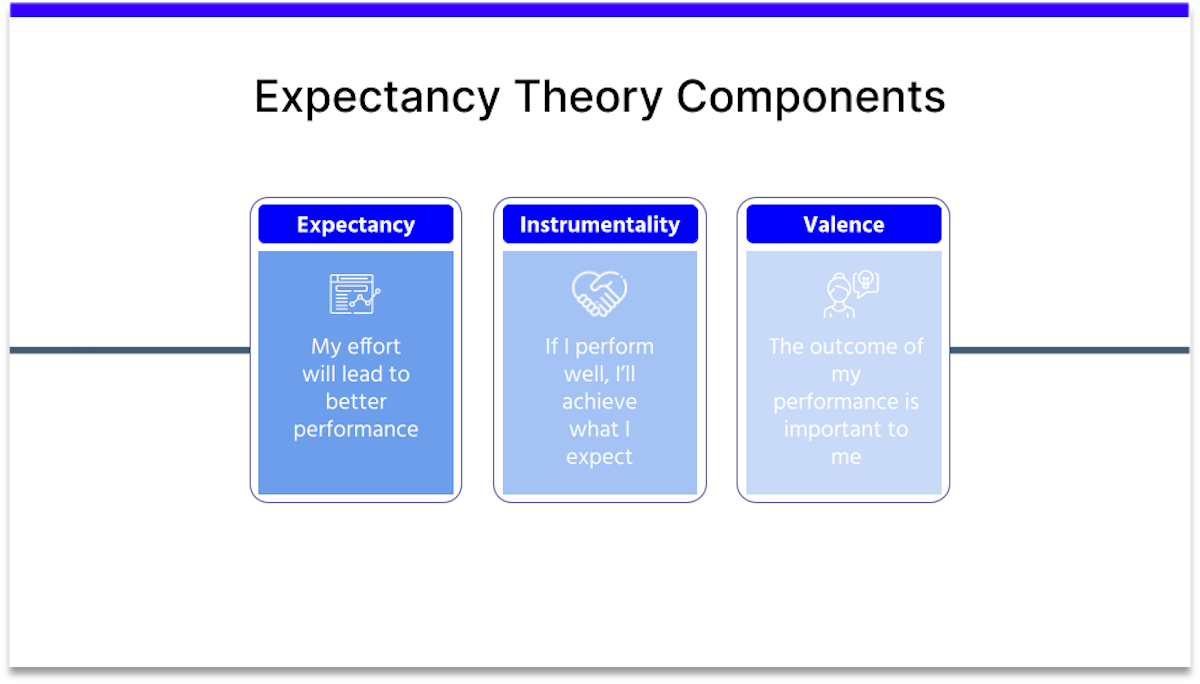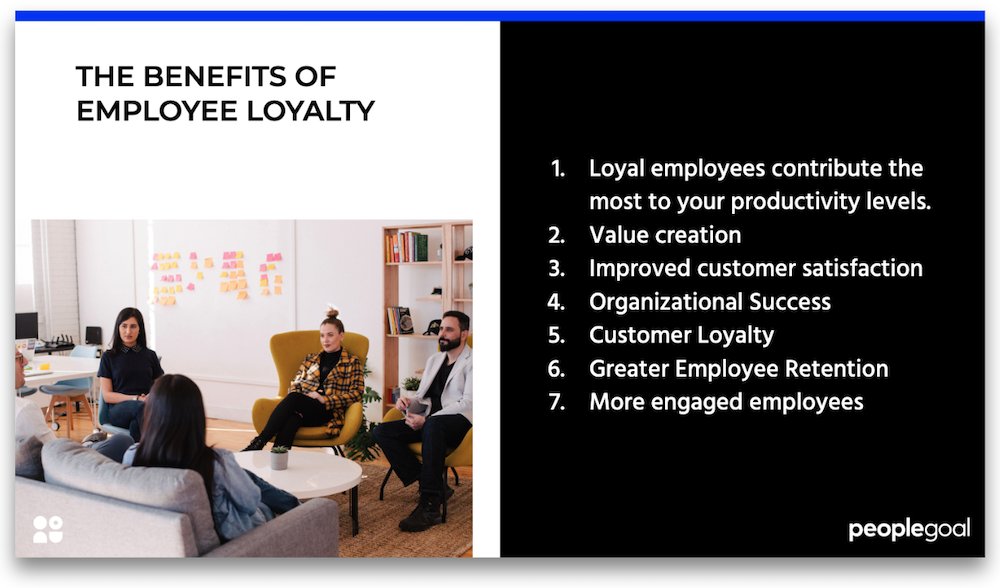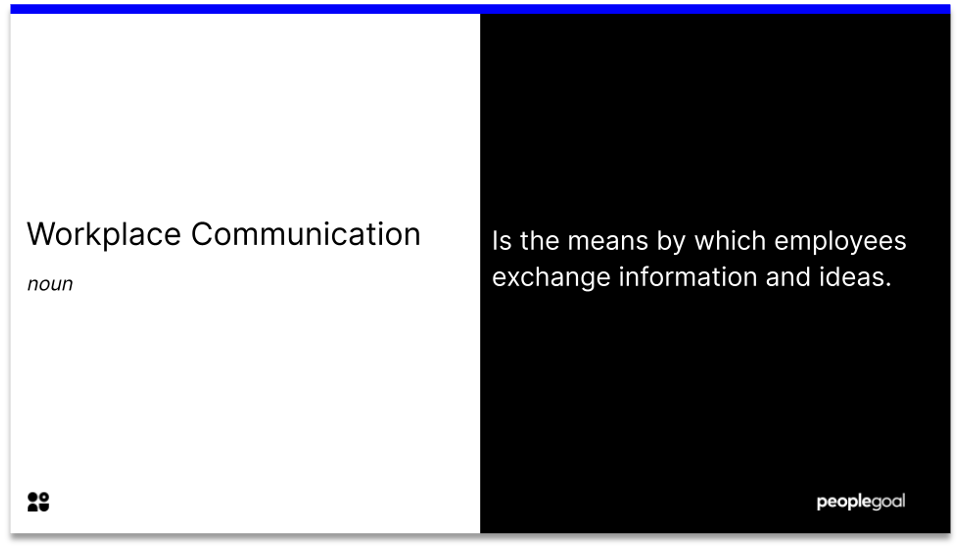Discussing poor performance with an employee it’s a conversation we all dread, but as a manager or HR professional it’s one we all have to face eventually. We have put together 10 tips on how to discuss poor performance with an employee. There are a number of reasons why having “the talk” is difficult. Most people prefer to avoid confrontation, and naturally it’d be preferred if all employees were always fully engaged and productive, but as difficult as talking with an employee about poor performance is, it’s also a learning opportunity.
From an organisational perspective, we can view the situation through the lens of an employee to understand if there are any failings on the side of the employer. While what we find likely doesn’t excuse individual performance problems, it can set up to handle these situations more easily. Some questions that might arise from a review of organisational procedure include:
- Are expectations and role duties explicitly clear?
- Are measures of performance fair and made known to employees?
- Do we have a formal system of documenting and notifying employees of performance problems?
- Is there policy surrounding performance improvement plans and their use available to managers?
Even from an individual perspective, when we find that poor performance is a result of an employee knowingly underperforming, we have an opportunity to learn and hone our interpersonal skills. Performance issues can stem from a variety of problems and it’s possible to listen and be empathic while still being direct and productive in our conversation.
To that end, here are 10 things to consider as you prepare for a talk about poor performance to get the most of the conversation:

1. Create a safe space
We can make an already uncomfortable situation worse by making an employee feel like they are being cornered or attacked. At a minimum, we want the conversation to take place in private and in area free from distractions. We also need to create a tone for the talk that demonstrates that we want to be partners in their success.
2. Don’t put it off
It’s unlikely that poor performance will fit itself, and if there are simple, quick wins to spur productivity, it’s well worth it discover them as soon as possible. More often than not, employees with poor performance are aware on some level and so dragging our the process only gives time to dread the talk more.
3. Recognise the problem, research the problem
Just because we want to enter the conversation with an open mind, doesn’t mean we shouldn’t do some investigation beforehand. It’s important to know and be able to clearly communicate the impact of the issues, how it relates to other team members and organisational objectives and have data to back it up. Doing so help us avoid absolutes during the conversation, establish and agree that there is a problem early on, and then spend the bulk of our time trying to find solutions.
4. Document and make clear what is happening
When we’re having a difficult conversation we may unknowingly use distancing language and attempt to beat around the bush a bit. But getting to the bottom of the problem requires being direct and clear. We can maintain a positive tone and approach while still outlining exactly why we are talking and what needs to be done to remedy the situation. We should also mention that such a conversation will be documented and follow-up by doing so.
5. Don’t ask why, find out why
Like a psychiatrist throwing out “how does that make you feel?” it’s time to remove “Why aren’t you performing well?” from our list of questions. Especially as our opener. Consider the possible ways such a question can be received; there are few responses that won’t be defensive and best we will get surface level information before we’ve shut down the lines of communication. What we really want is to draw the employee out and understand the underlying, and this is done by asking questions that
6. Set/Re-Set Expectations
We’d all probably prefer is the outcome of a poor performance talk was simply that expectations weren’t clear and some clarification solved everything. But even if our conversation doesn’t go that way, we can still use the opportunity to make sure that role expectations make sense. You might trying asking the employee to describe expectations in their own words and include the largest roadblocks in their opinion for a person in their position to accomplishing them. Although performance is still the main topic even if we find expectations need some adjustments, getting on common ground with what is being requested of employees is the first step to improvement.
7. Focus on effort and intent
Although results are our yardstick via which we may measure our results, it’s important to address how much effort and the intent of the work employees with poor performance output. This can help us discover root cause of their issues. If we find that high effort and good attitude is there but results aren’t being met we can acknowledge their hard work and discuss coaching and strategies to work smarter, not harder. If both effort and performance are low, we delve further into the reasons for this during the talk.
8. Be solution oriented
There are many possible solutions to fix poor performance and they don’t always included simply “working harder” or putting in more effort. Training and upsklling, reassigning and or reviewing job roles, providing additional resources, assistance with setting aspirational goals, giving more frequent feedback, development or performance improvement plans – all of these are just some of the possible solutions. Use the meeting to ascertain the root of the problem and then suggest appropriate solutions based on what you learn.
9. Be Respectful
It may go without saying, but a respectful, professional approach is a requirement for any poor performance conversation. Not doing so can lead to resentment, and possibly even legal issues. It’s important to be able to separate the performance problems from the individual. We can be pointed and targeted about the impact of poor performance on the team and organization, but must ensure the conversation does not steer into personal attacks or insults.
10. Consider potential
It’s unlikely that we would be have a conversation about improving performance and not about termination unless our purpose was to remedy the situation and retain the employee. That means that, on some level, we see the potential for the employee to rebound from their current performance and meet expectations in the future. If that’s truly the case, it’s important to find a way to express this in our conversation – that they are valued and capable, but need to make some adjustments. It’s helpful to review and incorporate any positive feedback or performance targets they may have in preparation.
Ultimately, having the “talk” is never the easiest or most pleasant conversation we can have with an employee. But viewing the process as an opportunity for growth – for the employee and ourselves – can help us craft a dialogue that truly identifies root cause, finds solutions, and sets us up to do our best work.
Ready to 3x Your Teams' Performance?
Use the best performance management software to align goals, track progress, and boost employee engagement.


